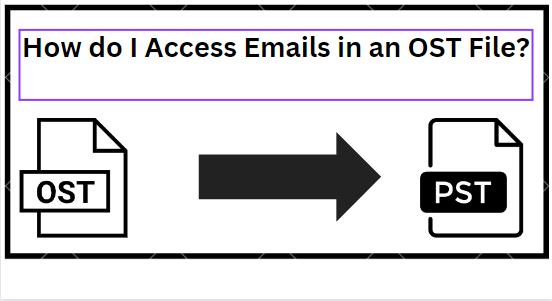Germany's borrowing costs set for biggest monthly jump since the early 1980s
Inflation and higher interest rates have sent yields surging.

German government bond yields have climbed at their highest rate in decades during August, reflecting red-hot inflation data and rising interest rates.
The yield on 2-year bunds issued by Europe's largest economy has rocketed by 85 basis points this month. That's set to be the biggest monthly move higher since 1981, according to Refinitiv data.
Meanwhile, the 10-year benchmark bond yield has risen by over 65 basis points, the highest monthly increase since 1990.
Two-year yields on German bunds were 1.117% at 8 a.m. ET Wednesday, 2 basis points higher than the previous day. The 10-year yield was up 1 basis point to 1.522%.
French bond yields have also climbed, with the 2-year yield rising to a level last seen in 2011 and the 10-year yield rising to a level last seen in 2013.
Flash figures published Wednesday morning showed euro zone inflation hit a new record high of 9.1% in August, powered by soaring energy costs and higher prices for food, alcohol and tobacco.
Higher interest rates tend to make bonds less attractive and lower their prices, which move inversely to yields.
"European bonds are very much tracking the developments in the energy markets," Antoine Bouvet, senior rates strategist at Dutch bank ING, told CNBC via email.
"With energy bills set to jump across Europe, bond markets are concluding that the European Central Bank will be forced into more aggressive hikes in this cycle."
This was intensified by hawkish comments made by Federal Reserve officials at the Jackson Hole symposium, he added.
Following the release of the inflation data, analysts at Pantheon Macroeconomics said they now expected the ECB to lift its deposit rate by 50 basis points three more times before the end of the year.
The bank raised rates by 50 basis points to zero last month.
Yield fall
However, ING's economics team predicts that a 50 basis points hike by the ECB next week will be followed by a 25 basis points hike in October, followed by a longer pause until spring.
That's because it may be "easier said than done" for the ECB to follow the Fed's lead in seeing a recession as an acceptable cost for tackling inflation, said Carsten Brzeski, global head of macro research. "If we are right, bond yields should also start to come down again," Brzeski said.
The outlook for bonds largely depends on how energy trades in the coming weeks as the market focuses on inflation trends, ING's Bouvet added.
"There will come a time this winter when the growth implications will hit home and we expect bond yields to come back down," he said.
"This will cause more underperformance of riskier assets, boost safe haven demand for government bonds, and also push markets to question their assumptions in terms of central bank hikes."
The team expects 10-year bund yields to trade through 1% in the first quarter of 2023, down from current levels of 1.5%.
Meanwhile, yields on U.K. 10-year bonds are set to record their biggest rise since May 1994 this month, Reuters reported. The 10-year gilt yield was up 8 basis points to 2.793% at 8 a.m. ET, up from 1.72% at the beginning of August.
In the U.S., the yield on the 2-year Treasury note has reached a near-15-year high.

 Kass
Kass 































